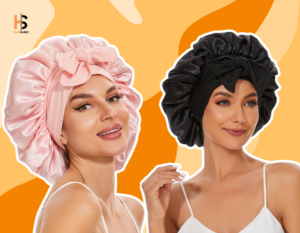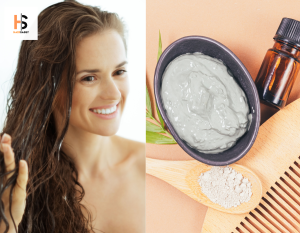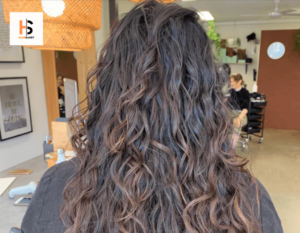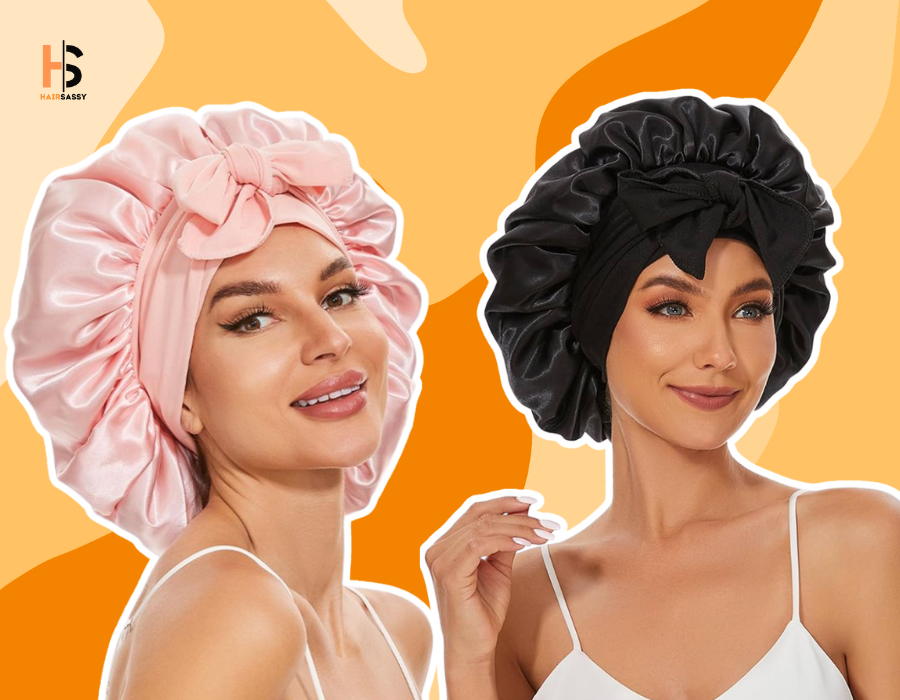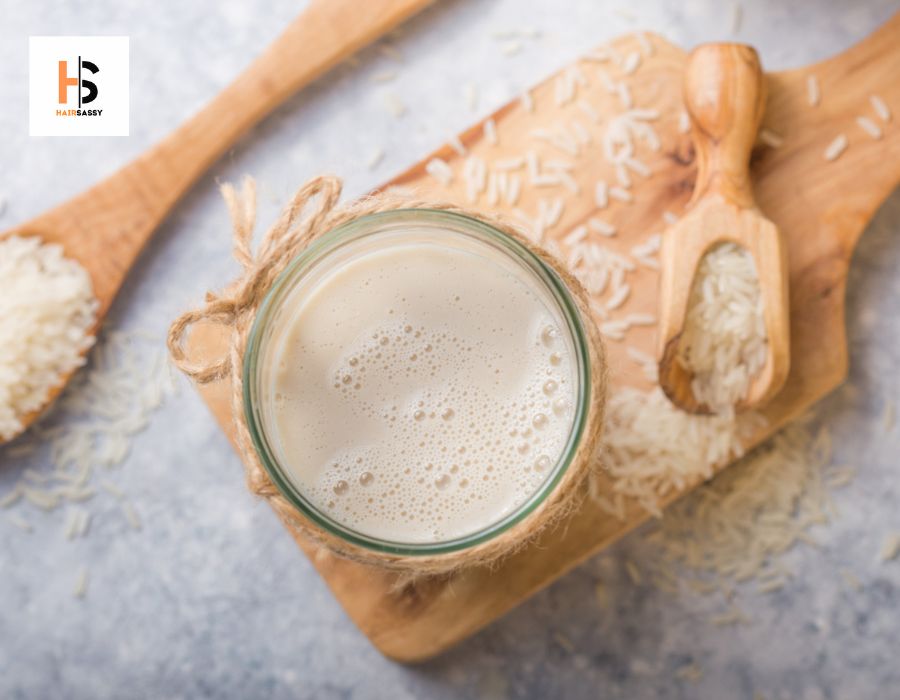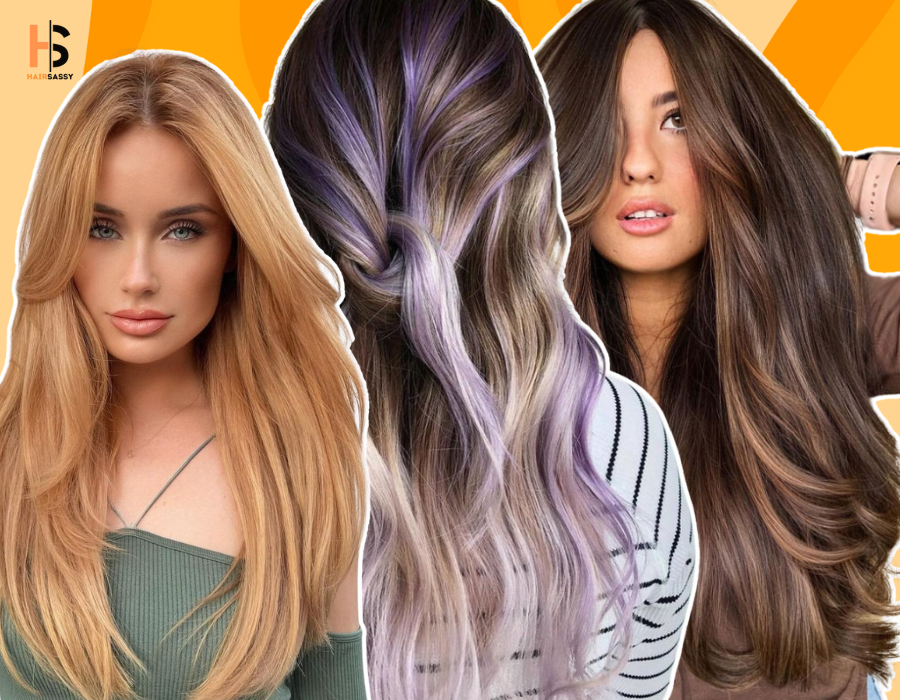People often say, “Your hair is your crowning glory.” People with 4c natural hair know this to be very true. 4c natural hair care with the same level of detail that you would give a crown. If you want to accept and improve your natural beauty, the first thing you should do is learn about the traits that come with your hair type.
What does it mean to have 4C hair?
Find out what kind of hair you have first. This will help you find the best hair care routine for you. How do you know if your hair has 4C? We’ll help you understand your curly hair type, so don’t worry.
How to find out if your hair is type 4C:
- Your hair is very thick.
- You have to get close to see where the strands are going because your curls are so tight.
- Because of the way your hair naturally feels, it can spring into an afro and make braids look great.
- 4C Hairstyles are many and varied.
- Be careful not to break or shrink your coils if you don’t love and moisturize them.
- That’s a good sign that you likely have 4C curls.
The science behind 4C curly hair that defies gravity
If you have 4C hair, you might think that the amazing and unique texture of your curl pattern can’t be explained. There is a reason, though, why your hair works the way it does.
Because your hair follicle (the part of your scalp where your hair roots live) is unique, so is the amount of curl your natural hair has. Oval-shaped follicles make hair curly, while round follicles make hair straight. The follicles get curlier as they change shape from circles to ovals.
There are four different types of curliness:
- Coily
- Straight
- Wavy
- Curly
You have the fourth hair type because your 4C hair type is coily. The follicles in your hair are not round, but oval.
The width of your coil is another part of your curly crown. The coils in type 4C hair has the tightest of all hair types.
What to do to for 4c Natural Hair Care
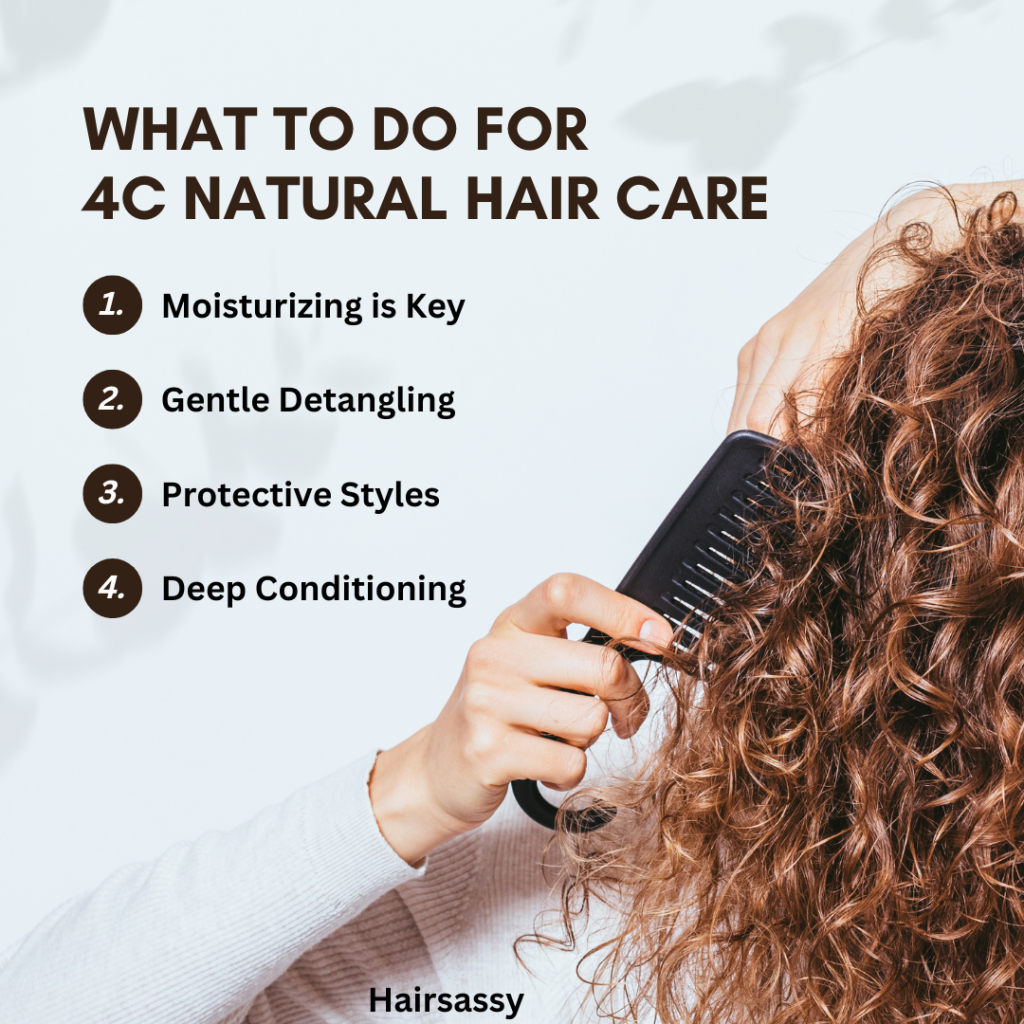
Moisturizing is Key: It’s important to keep 4C hair moisturized because it tends to be dry. Regularly use a leave-in conditioner or hair mask to keep your hair from breaking and help it grow healthily.
Gentle Detangling: When detangling your hair, be gentle. Use a wide-tooth comb or your fingers instead of pulling on the hair strands too hard.
Protective Styles: Braids, twists, and Bantu knots are all styles that can help keep your hair from breaking and help it stay long.
Deep Conditioning: At least once a week, give your hair a deep conditioning treatment to keep it nourished and healthy. Also try natural oils for get shine in hair.
Low Manipulation Styles: To lower the risk of damage and breakage, choose styles that don’t need to be moved around much.
The 5 best ways to style 4C natural hair:
Twist Outs and Braid Outs: To make defined curls, twist or braid your 4C hair. When you take it out, it will have a beautiful, textured look.
Bantu Knots: These are stylish and flexible hairstyles that can be worn on their own or undone to show off beautiful curls.
Afro Puff: An Afro puff is a quick and stylish way to wear your hair up that shows off the natural volume of 4C hair.
Protective Styles (Braids, Twists, and Cornrows): Styles that protect your hair, like braids, twists, and cornrows, show off its natural beauty while keeping it safe.
Wash and Go: Put leave-in conditioner after shampoo on your hair and let it air dry for a wash-and-go style that brings out your natural curl pattern.
Finger Coils: To get a neat and put-together look, wrap small sections of hair around your finger to make curls that are defined.
Faux Hawk: Show off your daring and edgy side by styling 4c hair care into a faux hawk. This will make you look with healthy hair.
Adding Style to an Updo: To make your style stand out, your hair needs headbands, scarves, or hairpins to your updo.
Pineapple Updo: For a fun and stylish look, gather your curls at the top of your head and tie them in a loose, high ponytail.
Defined Twist Styles: Try out different twist styles, like flat twists and two-strand twists, to make your hair look polished and complicated.
How to Take Care for 4c Hair:
Weekly Wash: When you wash your 4c hair once a week, use a sulfate-free shampoo and a moisturizing conditioner to clean it.
Deep Conditioning: To retain moisture and nutrients, use a deep conditioner treatment once a week.
Detangling: Use a wide-tooth comb or your fingers to gently untangle your hair.
Moisturize: Keep your 4c hair moist by using a leave-in conditioner or a moisturizing cream.
Protective Styles: Use protective styles to keep people from manipulating you and help them grow.
Additional Tips:
Trim Often: Get your hair trimmed often to avoid split ends and keep it healthy.
Healthy Diet: Eating a balanced diet full of vitamins and minerals is good for your hair in general.
Pillowcases Made of Silk or Satin: To avoid damage, sleep on pillowcases made of silk or satin.
Stay Hydrated: It’s important for your hair and health in general to drink enough water.
Conclusion:
Nurturing and tending to your 4C natural hair care is a beautiful path of self-discovery and embracing your unique beauty. Discovering the distinctive qualities of your curls and adopting a personalized care routine will help you unlock the true beauty of your hair. Try out various styles, have some patience with your hair, and witness its growth as you embrace and appreciate your individuality.
Check out our new blog for hair benefits: Discover the Amazing Benefits And How to Use Tea Tree Oil for Hair
FAQs Related 4c Natural Hair Care Routine
Q: Can 4C hair be made straight?
A: Yes, heat tools can be used to keep your 4C hair straight. But it’s important to use heat protectants and not straighten your different hair too often to keep it from getting damaged.
Q: How often should I wash my 4C hair?
A: How often you wash your hair depends on your personal preference, but in general, you should do it once a week to keep your scalp and hair healthy.
Q: Is it hard to take care of 4C hair?
A: If you follow the right care routine and use the right hair products, you can manage and style your hair beautifully.


